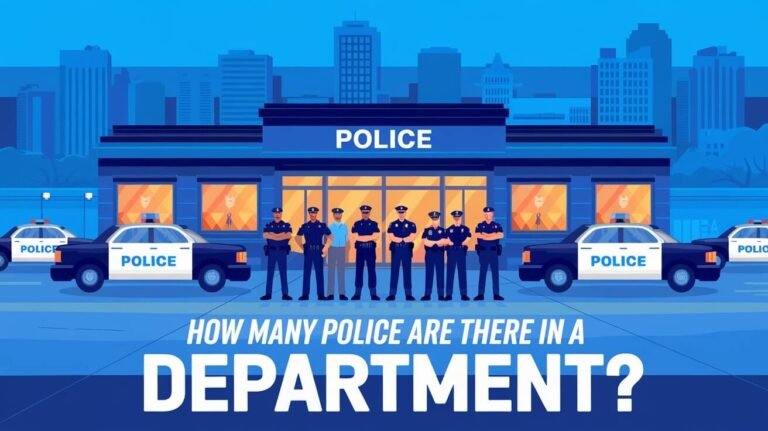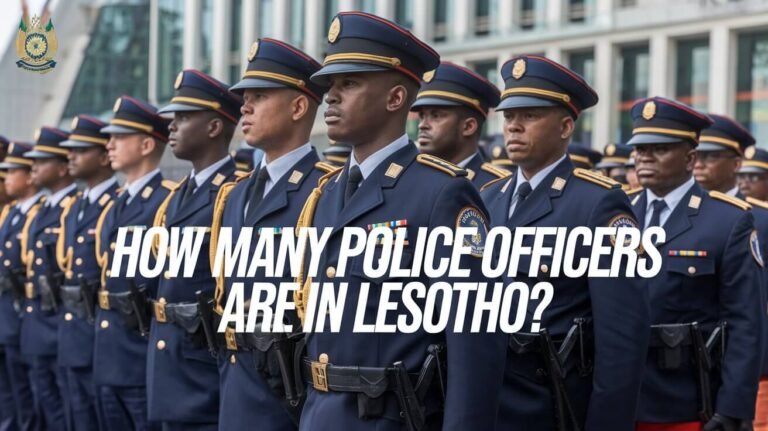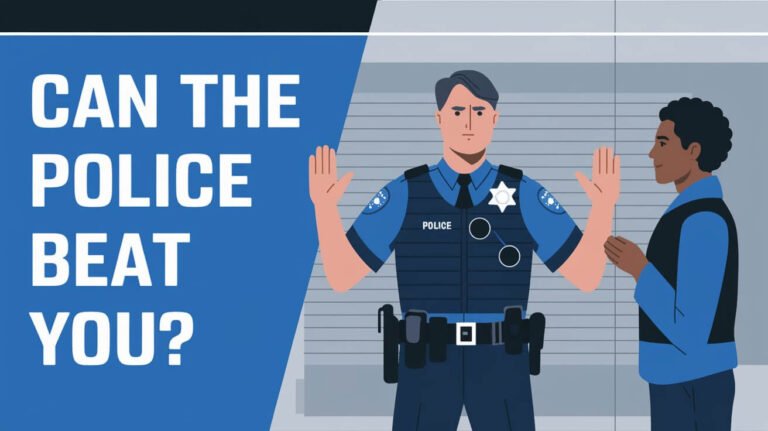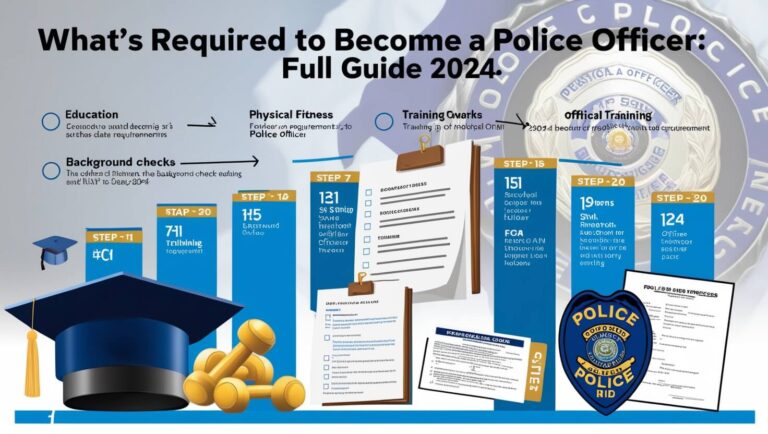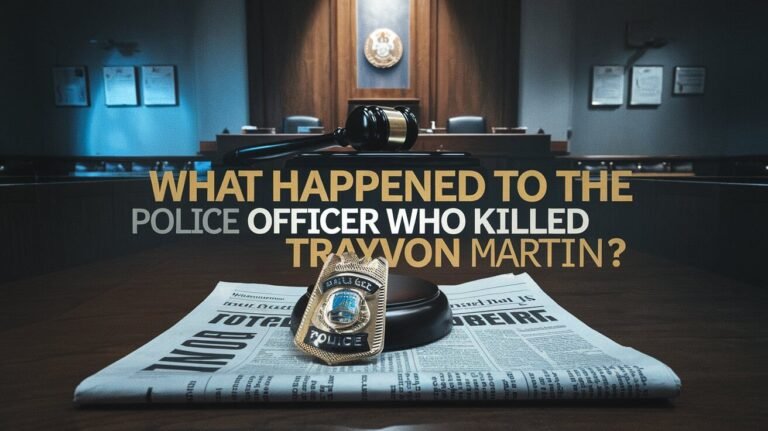How Many Police Officers Cabo Verde: Current Stats And Facts
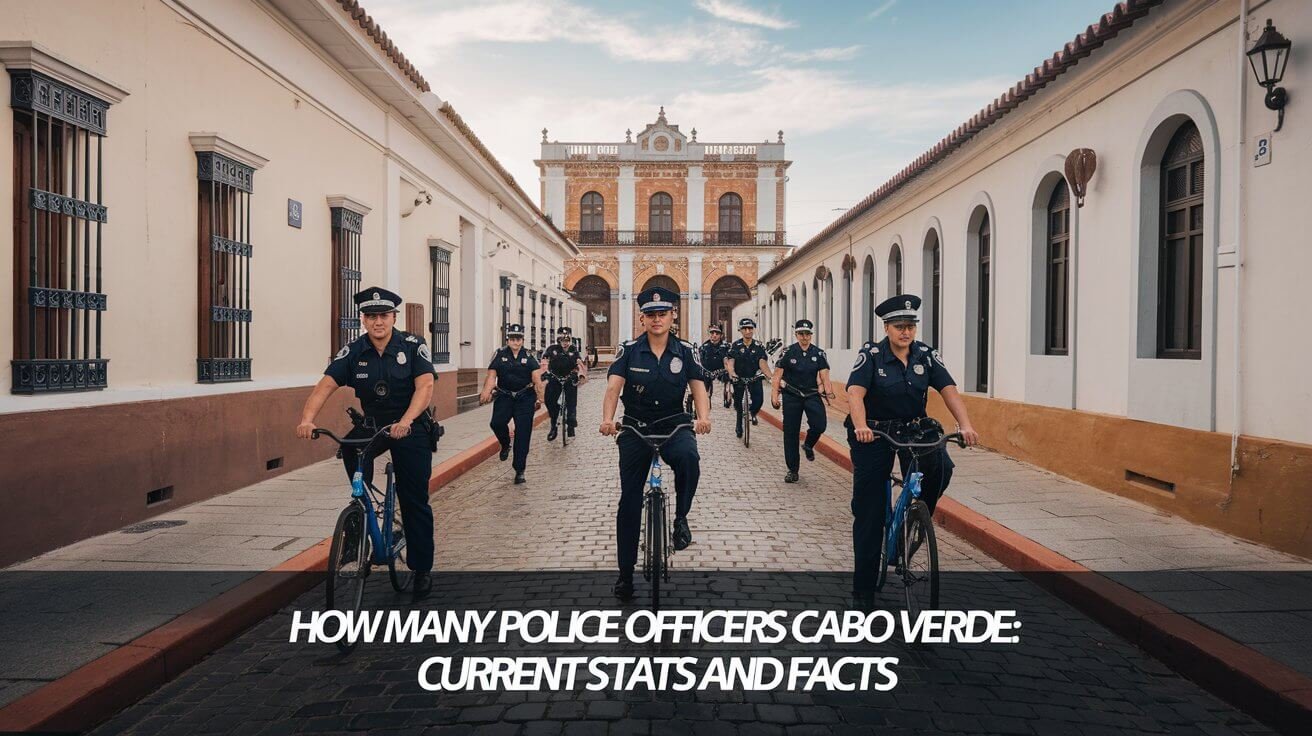
Cabo Verde has a lot of law enforcement agents. They include police officers, prosecutors, and judges. These 198 personnel have been training at the Regional Training Center in Accra, starting in 2013. This shows Cabo Verde’s strong commitment to law enforcement and training its officers.
The country’s police force is key to keeping its 570,000 people safe. They work hard to maintain public safety and order. This is a big part of Cabo Verde’s law enforcement efforts.
Police and law enforcement agents in Cabo Verde are vital. They help keep the rule of law and protect the citizens. Thirty-nine percent of the participants from Cabo Verde are from the National Police. This shows how important police officers are in the country’s law enforcement system.
International Law Enforcement Academy and the Regional Training Center in Accra have trained over 70,000 people. This includes Cabo Verdean officials. It shows the country’s dedication to law enforcement and training its officers.
Police Force Statistics in Cabo Verde
Cabo Verde’s police force is key to keeping the country safe. Looking at police force statistics helps us see how well they do their job. The number of police officers per person, or officer-to-population ratio, is important. In Cabo Verde, this ratio is 6.0 officers for every person.
Other interesting facts come from the police force statistics in Cabo Verde. The country has a criminality rate of 4.28. Criminal markets and actors are rated at 3.97 and 4.60, respectively. The police’s ability to handle crime is strong, with a resilience rate of 6.58.
Current Active Officers
The exact number of active police officers in Cabo Verde is not shared publicly. But, the government is working to improve the police. They are doing this through training and better equipment.
Officer-to-Population Ratio
The officer-to-population ratio in Cabo Verde is very low. This means the police might struggle to keep everyone safe. They could find it hard to respond to crimes and maintain order.
Distribution Across Islands
How police officers are spread out across islands is also important. The government has set up centers on different islands to help crime victims. The Institute for Children and Adolescents (ICCA) also helps child victims of crime through a national network.
Police Force Structure and Organization
The police in Cabo Verde follow a clear hierarchy. The National Direction is at the top, and the Police Squad is at the bottom. This setup helps with smooth communication and teamwork among different units. The force is made up of several parts, like the National Direction, Special Command Units, Regional Commands, and the Police Squad.
Police in Cabo Verde are organized into different departments. Each department has its own job. For example, the National Direction sets the overall strategy. The Special Command Units handle tasks like counter-terrorism. The Regional Commands manage police work at the local level, and the Police Squad does everyday policing.
Some interesting facts about the police in Cabo Verde are:
- The National Police in Cabo Verde was set up in May 1993.
- As of April 2012, there were 1,947 law enforcement officers.
- 13% of these officers are women.
Knowing how the police in Cabo Verde are structured and organized helps us see their role in keeping the peace. The police are key to keeping everyone safe. By looking at their structure and organization, we can understand how they work to keep the country safe.
Historical Development of Cabo Verde Law Enforcement
The history of law enforcement in Cabo Verde is one of change and growth. From the colonial era to today, the country has seen big changes in its law enforcement. The Portuguese introduced their policing systems during the colonial period.
After gaining independence, Cabo Verde worked to modernize its law enforcement. A new police force and modern techniques were key steps. Today, law enforcement in Cabo Verde keeps evolving to tackle the country’s unique challenges. This shows Cabo Verde’s dedication to keeping its citizens safe.
Colonial Period Impact
The colonial era had a lasting effect on Cabo Verde’s law enforcement. The Portuguese brought their policing systems, aimed at keeping order and control. This period set the stage for the country’s future law enforcement.
Post-Independence Changes
After independence, Cabo Verde made big changes in its law enforcement. A new police force and modern techniques were introduced. These changes helped create a more effective and efficient system, ready to face the country’s challenges.
Modern Force Evolution
Today, law enforcement in Cabo Verde keeps evolving to meet the country’s needs. The history of law enforcement in Cabo Verde has shaped its current systems. As Cabo Verde grows, its law enforcement will continue to adapt and evolve.
Regional Police Distribution Patterns
Cabo Verde’s police distribution is shaped by many factors. These include population density, crime rates, and the land’s features. Knowing these patterns helps us understand the challenges of policing a country spread out over islands.
The country has a mix of urban and rural areas, with 611,000 people. Most of the population, 61%, is under 34. This young age affects how police work in different places.
Several factors influence the police distribution in Cabo Verde. These include: * How people live across the islands * Crime rates and types in each area * The land’s features, like mountains and coastlines, which shape policing * Economic issues, like poverty and joblessness, which affect policing needs
Looking at these factors helps us understand Cabo Verde’s police distribution. It shows how the country’s spread-out population and geography shape its policing strategies.
| Island | Population | Police Stations |
|---|---|---|
| Santiago | 273,000 | 10 |
| Sao Vicente | 83,000 | 5 |
| Sal | 25,000 | 2 |
Police Training and Education Programs
Police training in Cabo Verde prepares officers for their duties. It covers basic training, specialized units, and ongoing learning. This keeps officers updated with new policing methods and tech.
The programs aim to boost law enforcement’s ability to tackle challenges. For example, the West Africa Disaster Preparedness Initiative has trained over 1,400 people. This includes about 50 from Cabo Verde in disaster management.
Basic Training Requirements
Basic training for police in Cabo Verde is thorough. It teaches law enforcement procedures, first aid, and human rights. It also stresses community policing and trust between police and the public.
Specialized Units Preparation
Training for specialized units is key in Cabo Verde. This includes SWAT teams, forensic experts, and cybercrime investigators. The goal is to equip officers for complex situations.
| Training Program | Duration | Objective |
|---|---|---|
| Basic Training | 6 months | Equip officers with basic law enforcement skills |
| Specialized Units Preparation | 3-6 months | Provide officers with specialized skills and expertise |
| Ongoing Professional Development | Ongoing | Ensure officers are up-to-date with the latest policing techniques and technologies |
Cabo Verde invests in police training to build a professional force. This serves the needs of its citizens.
Law Enforcement Budget and Resources
The law enforcement budget in Cabo Verde is small, with limited resources. Yet, the country has worked hard to use its funds well. This ensures the police have what they need to do their job.
Some key facts about the law enforcement budget and resources in Cabo Verde include:
- The country’s yearly commercial relationship with the United States is valued at about $12 million.
- U.S. companies have significant opportunities for investment in Cabo Verde’s tourism industry and digital economy.
- The U.S. aims to bolster Cabo Verde’s capabilities to combat illicit activities, such as drug trafficking and illegal fishing, through military and law enforcement cooperation.
How Cabo Verde spends its law enforcement budget is key to its security. With help from international partners, the country can better face environmental and climate challenges. This will boost its security overall.
| Category | Budget Allocation | Resources |
|---|---|---|
| Personnel | 60% | Training and equipment |
| Infrastructure | 20% | Facilities and vehicles |
| Operations | 20% | Equipment and supplies |
Wisely using its law enforcement budget and resources, Cabo Verde can make its security sector stronger. This will lead to better public safety.
International Police Cooperation Initiatives
Cabo Verde is working hard to improve its police work by joining international efforts. It’s part of many programs to fight crime that crosses borders. The country is working with other West African nations through the West African Police Information System (WAPIS) program.
The WAPIS program is backed by the European Union. It helps police in West Africa share information and work better together. Cabo Verde has been very involved, starting its own Data Collection and Registration Center in 2023.
Regional Partnerships
Cabo Verde has made strong partnerships to fight crime and improve its police. It works with countries like Portugal, Spain, the UK, and the US. These partnerships help tackle big crimes like drug and human trafficking, and cybercrime.
Global Security Programs
Cabo Verde is also part of global efforts to stop money laundering and terrorism funding. Being in the Egmont Group, it focuses on taking away assets and improving financial intelligence. Its big waters and borders make it hard to fight crime, but help from other countries has made a big difference.
| Program | Objective | Partners |
|---|---|---|
| WAPIS | Enhance police cooperation and information sharing | European Union, West African countries |
| Anti-Money Laundering | Combat organized crime and terrorism financing | Egmont Group, international partners |
Police Force Impact on Public Safety
The police in Cabo Verde are key to keeping everyone safe. They help keep crime rates low by being present in the community. Recently, Cabo Verde has seen more violent crimes and fake goods being sold.
The police team up with locals to stop crime and make areas safer. But, there have been cases of police misconduct. They are also tackling big issues like drug trafficking and human smuggling.
Crime Rate Correlations
Some important crime trends in Cabo Verde include:
- Increased violent urban crime due to the illegal firearms trade
- Rise in trafficking of counterfeit goods and wildlife trafficking
- Human smuggling, mainly to the Canary Islands and Southern Europe
- Extortion crimes, affecting state institutions due to financial issues
Community Relations
The police in Cabo Verde aim to strengthen ties with the community. They focus on stopping crime and making areas safer. This includes working with locals, addressing police misconduct, and supporting crime victims.
| Crime Type | Impact on Public Safety |
|---|---|
| Violent Urban Crime | Significant increase in crime rates due to illegal firearms trade |
| Trafficking of Counterfeit Goods | Rise in counterfeit goods, mainly from Asia |
| Human Smuggling | Impact on public safety due to human smuggling, mainly to the Canary Islands and Southern Europe |
Final Verdict
The police in Cabo Verde are dedicated and community-focused. They play a key role in keeping the archipelago safe. With 1,947 officers, they are committed to serving the diverse people of Cabo Verde.
Despite the challenges of the country’s geography and limited resources, the police have adapted. They tackle issues like drug trafficking and work to improve community relations.
Judiciary Police and the armed forces work together with the National Police. This teamwork helps keep crime rates low and builds trust with the community. As Cabo Verde grows and changes, its police force remains a strong support for stability.
Answered Queries
How many police officers are there in Cabo Verde?
Cabo Verde has 1,947 law enforcement officers.
What is the percentage of women in the Cabo Verde police force?
Women make up 13% of the Cabo Verde police force. This shows the country’s effort to be diverse and inclusive.
What is the officer-to-population ratio in Cabo Verde?
Cabo Verde has a low officer-to-population ratio. This means more police are needed in some areas.
How is the Cabo Verde police force structured and organized?
The Cabo Verde police force has a clear structure. It includes the National Direction, Special Command Units, Regional Commands, and Police Squad.
How has the historical development of law enforcement in Cabo Verde impacted the modern police force?
The colonial period greatly shaped Cabo Verde’s law enforcement. After independence, the country started anew. It created a modern police force and adopted new techniques.
How are the regional police distribution patterns in Cabo Verde?
Police distribution in Cabo Verde is influenced by many factors. These include population density, crime rates, and geography.
What are the police training and education programs in Cabo Verde?
Cabo Verde’s police training covers basic and specialized areas. It also includes ongoing professional development. This keeps officers updated with new techniques and technologies.
What is the law enforcement budget and resource availability in Cabo Verde?
Cabo Verde’s law enforcement budget is small. But the country tries to use its resources well.
What are the international police cooperation initiatives in Cabo Verde?
Cabo Verde works closely with other countries in policing. It has regional and global partnerships. These help improve its crime-fighting abilities.
How does the Cabo Verde police force impact public safety?
The Cabo Verde police force greatly affects public safety. There’s a clear link between police presence and crime rates. The force also helps build trust with the community.

